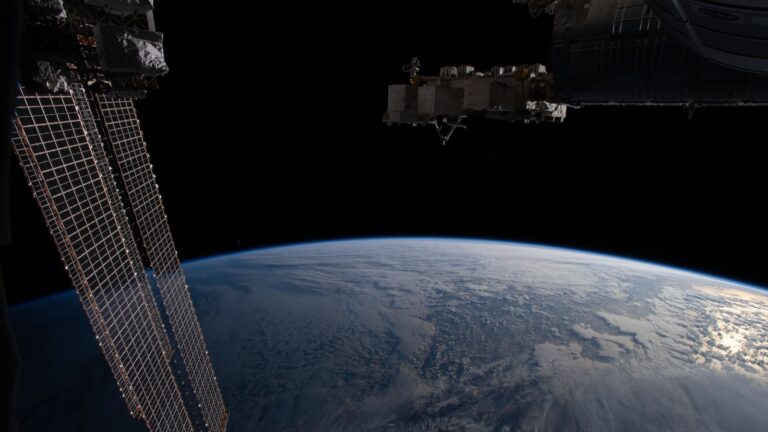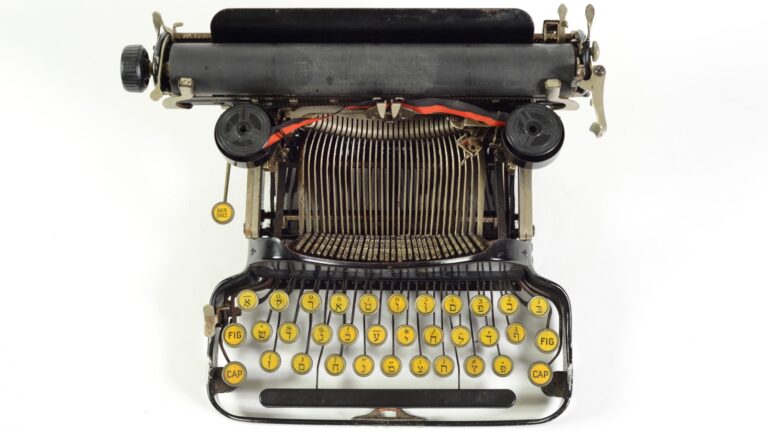All of Israel will be watching with excitement as Colonel Ilan Ramon, the first Israeli astronaut, blasts off on his journey aboard the space shuttle Discovery, scheduled for January 16.
But one group of Israeli high school students will be following Ramon’s adventure with particular interest. These students proposed and designed a scientific experiment which Ramon will perform in space.
The five Israeli students from the ORT vocational high school in Kiryat Motzkin in the north of the country have been invited to watch the Discovery launch on January 16 in Florida. They will join other winning teams of students from the US, Australia, China and Japan.
The Israeli experiment, won a competition sponsored by the international STARS Project, aimed at attracting students to the space program and looking for fresh and innovative ideas for outer space scientific experiments.
The Israeli experiment is aimed at learning whether the lack of gravitational forces in space affects the development of crystals. On earth, when a liquid solidifies into fibers, the fibers grow in a direction opposite to that of gravitational forces.
The students designed the experiment that will check how solid filaments will grow in the micro-gravitation conditions of space. The materials chosen for the experiment contain calcium and magnesium, and when introduced into a solution, will form blue and white crystals and symbolize the flag of Israel. The experiment was developed under the supervision of Professor Eliezer Kolodne from the Technion in Haifa and their teacher Dr. Amira Birnbaum.
Two members of the student team, Leila Feldman, 17, and Ido Rechter, 16 said they were very proud that their experiment proposal was chosen.
“I feel great pride in representing Israel and our school at the space launch,” said Feldman.
“It’s a special opportunity for us to show the world that Israelis are good people, and that we’re helping the world,” added Rechter. “People will be able to see that Israel is not just connected to war.”
“We have the potential to do great things in Israel. The fact that an Israeli astronaut is going into space sends the message that Israel has a lot to offer in developing the sciences,” said Feldman.
Both Feldman and Rechter see their experiment as the beginning and not the end of their relationship with the space program.
“My dream is to either be an astronaut or to build a space conservatory in Israel,” said Feldman.
The Israeli committee that chose the Kiryat Motzkin experiment was comprised of Technion professors and representatives of the Israel Space Agency, the Ministry of Education and the Spacehab Company, that will produce the test for the space shuttle.
The Discovery STS-107’s mission will include more than 80 experiments that will study Earth and space science, advanced technology development, and astronaut health and safety.
The five men and two women including Payload Specialist Ramon will divide into two teams and spend 14 days working around-the-clock to carry out the investigations.
Some of the experiments are provided by Israel’s space agency and will be operated by Ramon. The son of a Holocaust survivor, Ramon has been training four years for this flight.
“There’s no better place to emphasize the unity of people in the world than flying to space,” Ramon told reporters last week in Houston at a press conference ahead of the launch. “It goes the same for any country, Arab country, whatever – we are all the same people, we are all human beings and I believe that most of us, almost all of us, are good people.”














